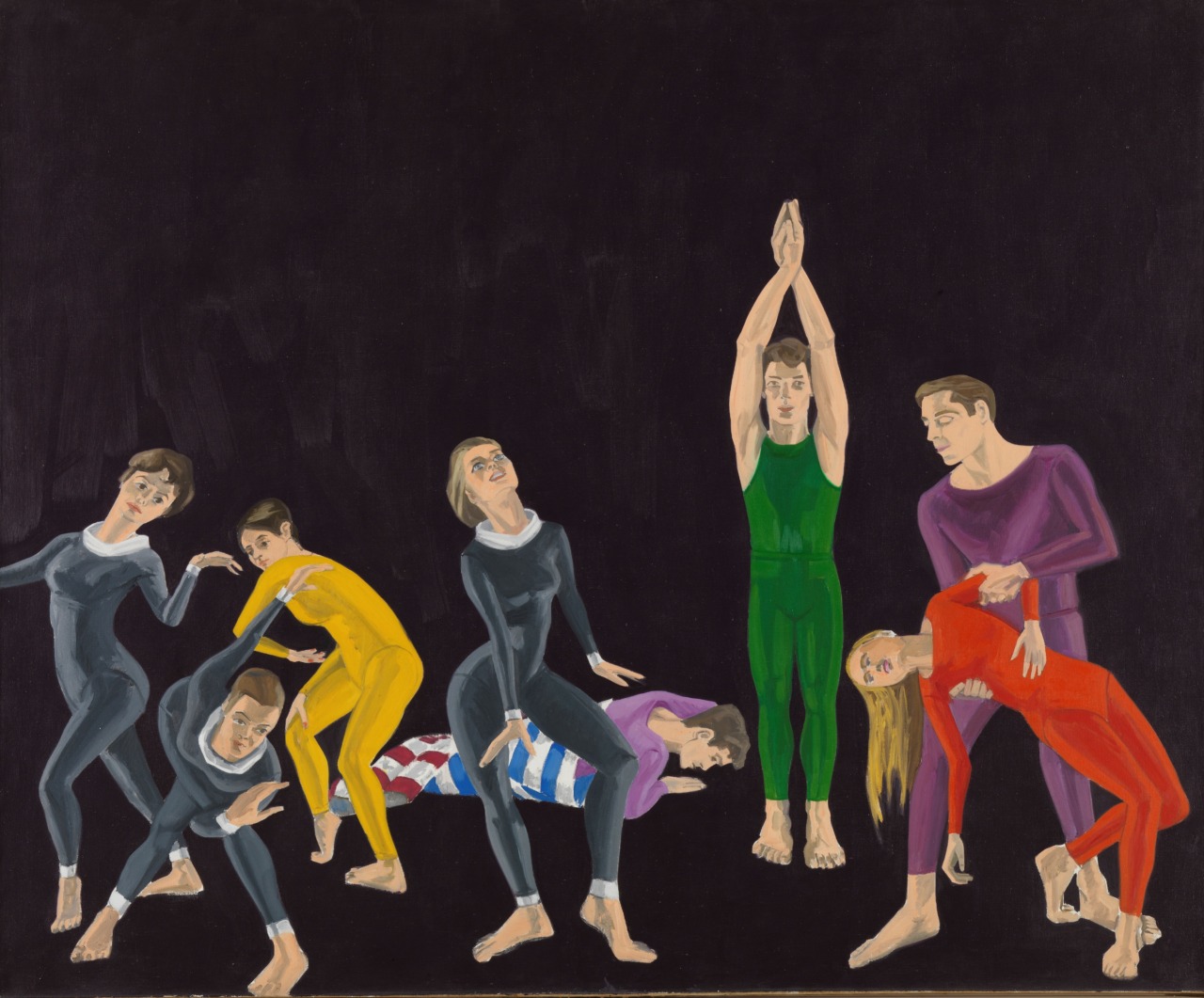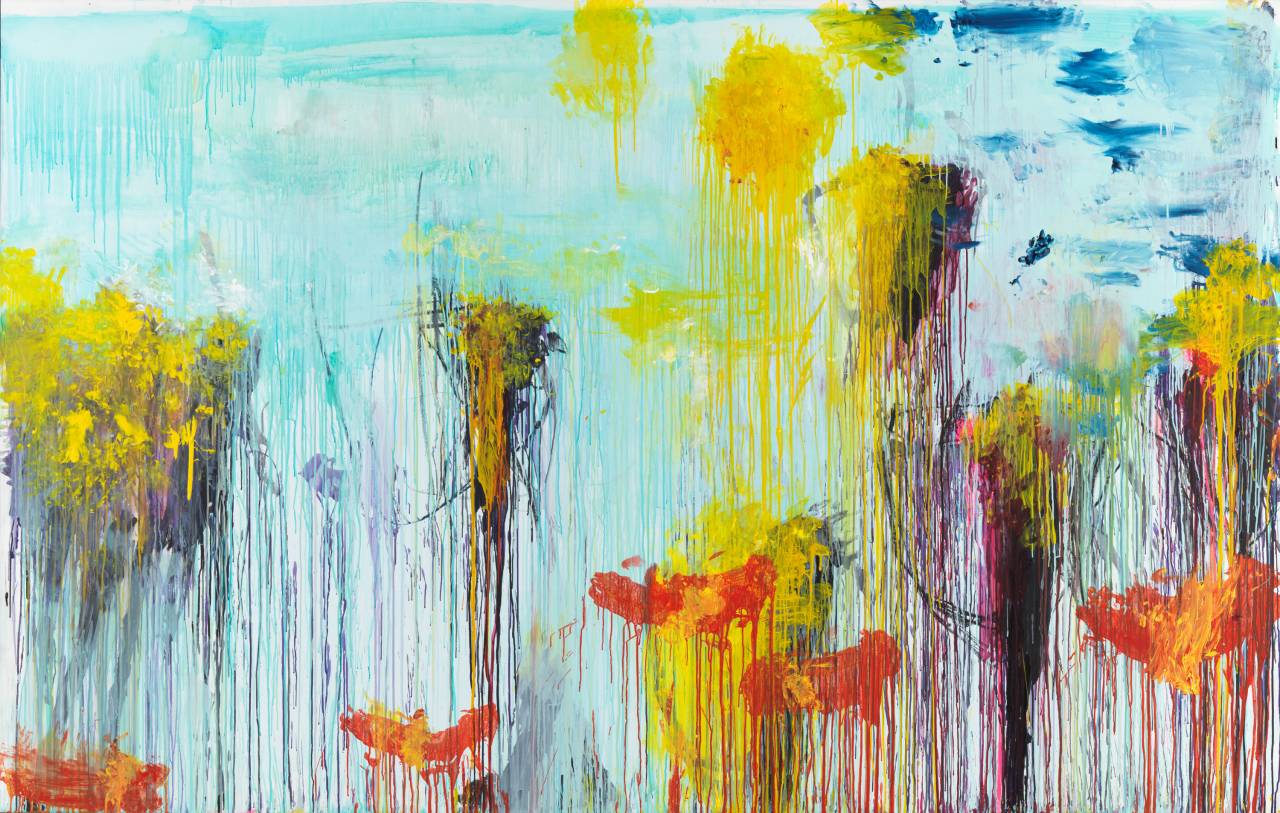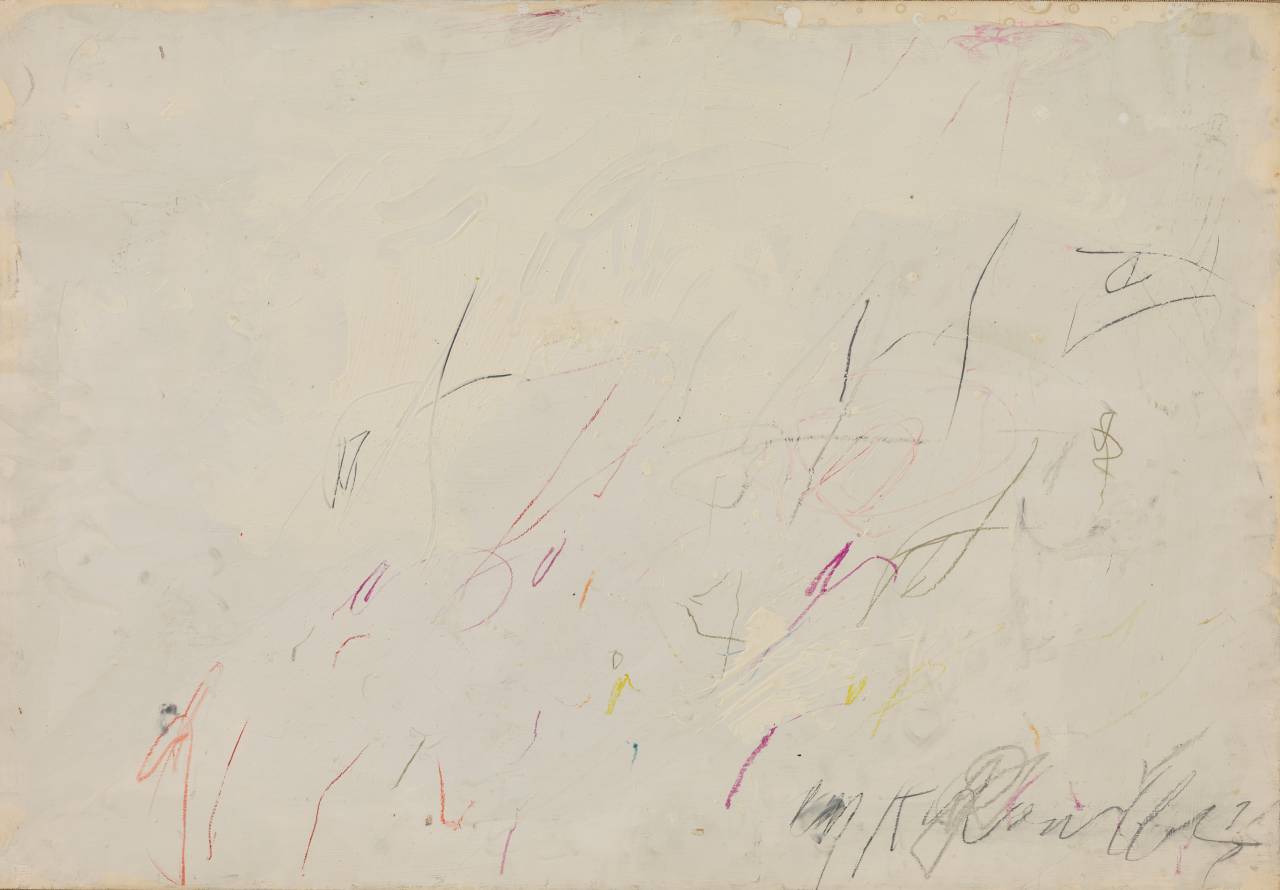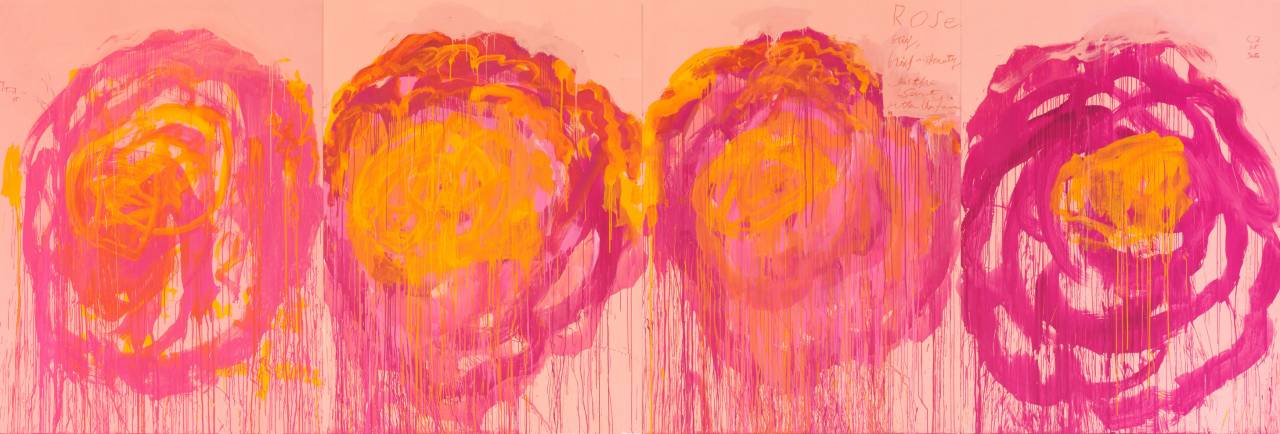
Technobodies | Stephanie Dinkins and Alex Estorick in Conversation
Key data
- Time of day7:00 until 8:00 PM
- Target groupAdults
- RegistrationThe talk will take place in the foyer | Free of charge | No registration necessary
Description
How can artificial intelligence become a medium for contemporary art? How are digital data and algorithms changing our understanding of bodies and how we live together? Artist Stephanie Dinkins and media theorist Alex Estorick critically examine the potential of new technologies in a conversation at Museum Brandhorst. Dinkins’ work “Conversation with Bina48” is part of the exhibition “Future Bodies from a Recent Past.” In a dialogue with the humanoid robot “Bina48,” supposedly capable of independent thought and emotion, the artist tests the possibilities of human-machine interactions. In doing so, she explores the limits of human consciousness and asks central questions about the control, perception, and representation of bodies.
Stephanie Dinkins is a transmedia artist who creates platforms for dialog about race, gender, aging, and our future histories. Dinkins’ art practice employs emerging technologies, documentary practices, and social collaboration toward equity and community sovereignty. She is particularly driven to work with communities of color to co-create more equitable, values grounded social and technological ecosystems. Dinkins is a professor at Stony Brook University where she founded the Future Histories Studio and holds the Kusama Endowed Professorship in Art.
Alex Estorick is a media theorist who seeks to develop socially progressive approaches to new technologies. As Editor-in-Chief at Right Click Save, he aims to drive critical conversation about NFTs, blockchain, and Web3. He is also Contributing Editor for Art and Technology at Flash Art, establishing the magazine’s digital column, “The Uncanny Valley,” as a bridge between contemporary art and new media. He contributes to numerous publications – from Frieze to the Financial Times – and recently published the first aesthetics of crypto art: a data-driven study of the early genesis of the NFT phenomenon.


















